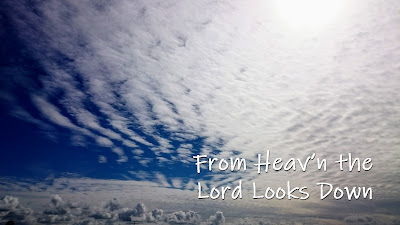This is a
hymn for Lent, which is traditionally sung on the first Sunday. It is based on the Latin hymn,
Ex more docti mystico which is attributed to St. Gregory the Great (ca. 540-604). The words have references to Joel 2:12-18, Matthew 6:1-21, and Matthew 9:16-18.
The firstly widely-known English translation is
The Fast as Taught by Holy Lore - made by English Anglican priest, scholar and hymnwriter John Mason Neale (1818–1866).
Another translation, which is now more widely used, was made by American Roman Catholic diocesan priest, Latin scholar and translator, Peter J. Scagnelli (1949 -2017). When this has been published, it is described as translated by Neale and adapted by Scagnelli. This suggests that Scagnelli may have started from Neale's version - although the adaptations are considerable, and the translations could have been made independently.
With long meter (8.8.8.8), tunes that the words have been set to include:
- ERHALT UNS HERR from King's Geisiliche Lieder, 1543 - the tune published and most-commonly used with Again we Keep ...
- OLD HUNDREDTH by French composer Louis Bourgeois (1510-1561) - the original tune for The Fast as Taught ..., and now sometimes used for Again we Keep ...
- JESU CORONA - a Rouen church tune
- TAKE UP THE CROSS by Filipino priest and singer/composer J. Roel Lungay (b 1960) © 1997







